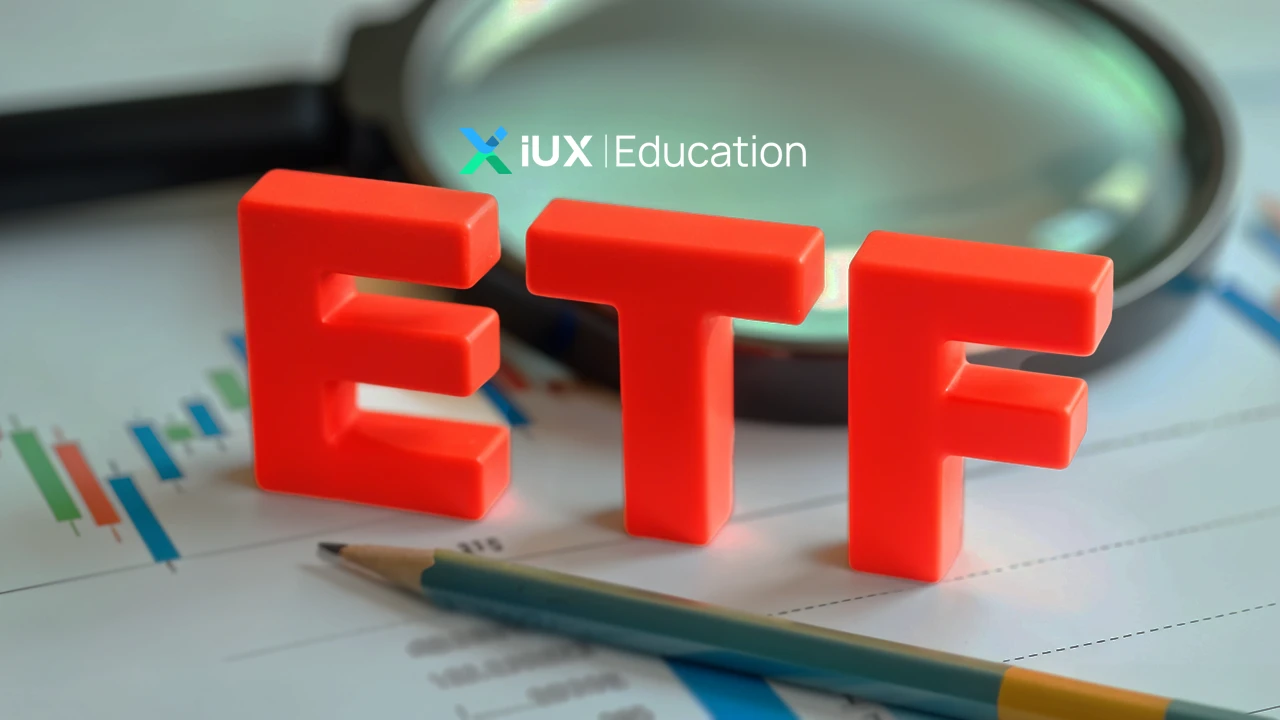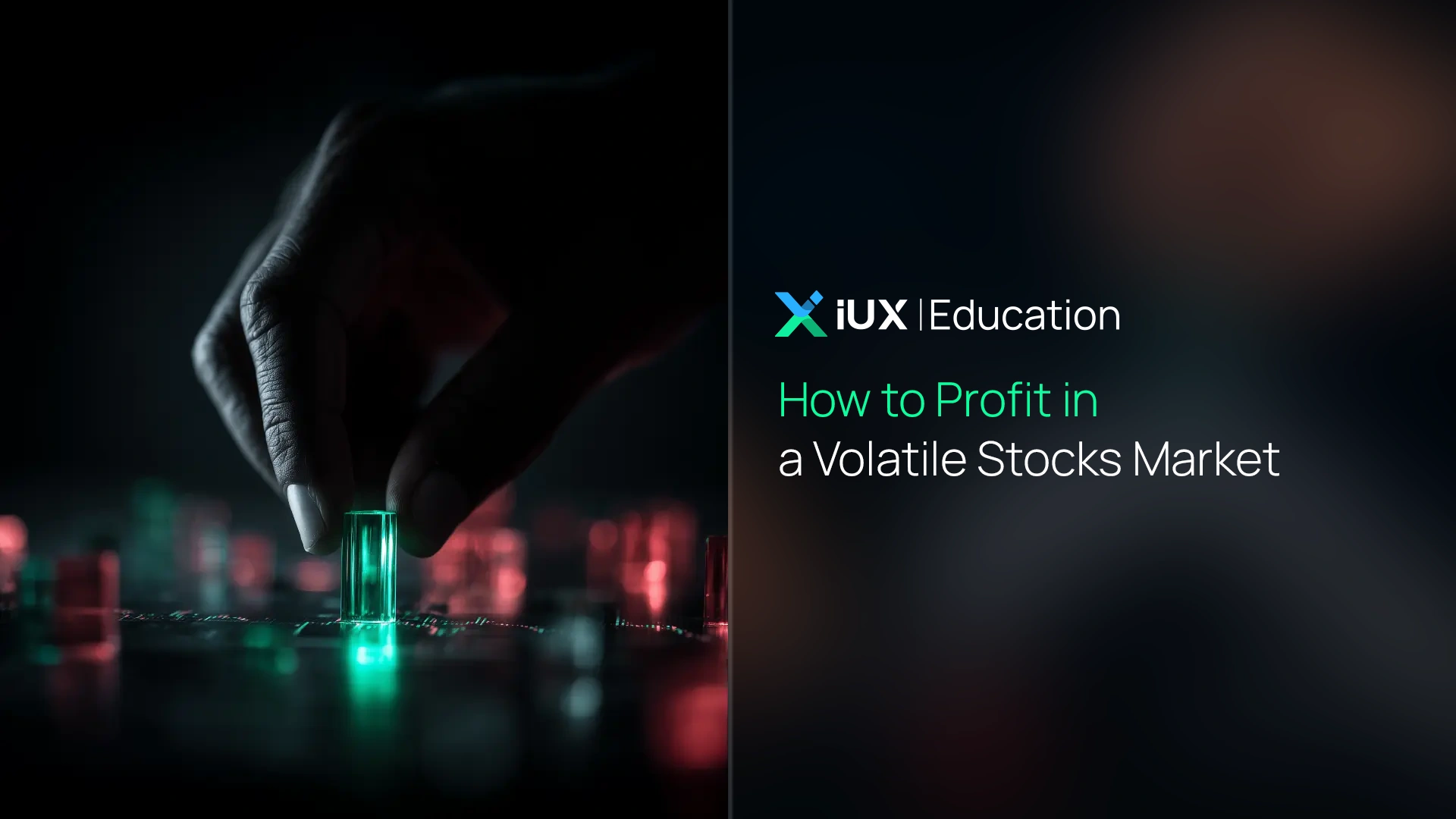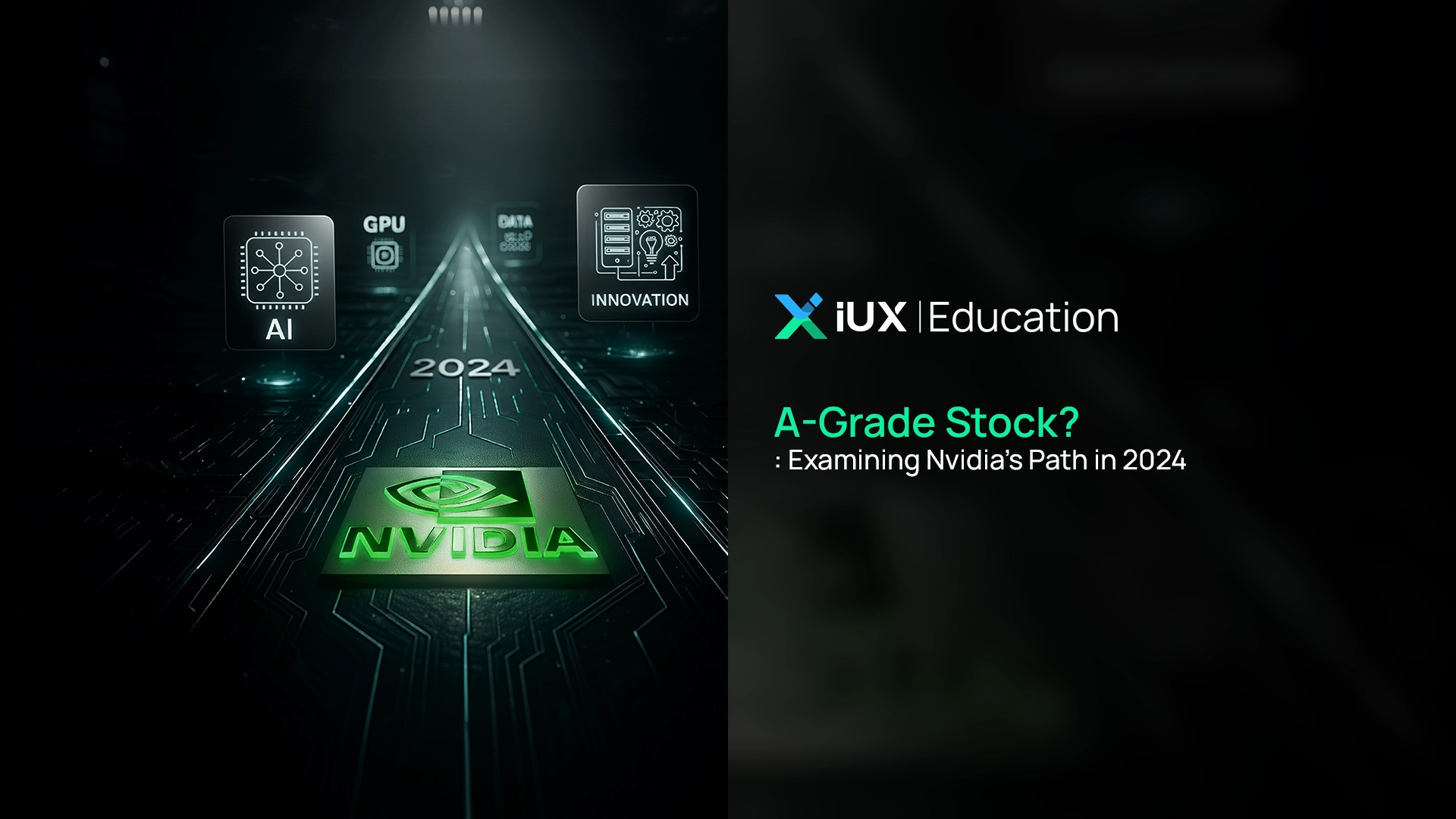CFDs are complex instruments and come with a high risk of losing money rapidly due to leverage. 76% of retail investor accounts lose money when trading CFDs with this provider. You should consider whether you understand how CFDs work and whether you can afford to take the high risk of losing your money.
CFDs are complex instruments and come with a high risk of losing money rapidly due to leverage. 76% of retail investor accounts lose money when trading CFDs with this provider. You should consider whether you understand how CFDs work and whether you can afford to take the high risk of losing your money.

What Is an ETF? How Is It Different from Stocks and Mutual Funds?
What Is an ETF?
ETF stands for “Exchange Traded Fund,” which is a type of investment fund that can be bought and sold on a stock exchange in real time—just like a regular stock. It differs from traditional mutual funds, which are typically traded through an asset management company (AMC) and are priced only once per day based on the net asset value (NAV).
Put simply, an ETF is a fund that pools money from multiple investors to invest in a group of securities or assets—such as the FTSE 100 index in the UK, the S&P 500 in the US, government bonds, or even gold. The fund’s objective is to closely track the performance of the index or asset it references.
How Do ETFs Work?
The asset management company takes the pooled investment and allocates it across the stocks or assets that make up the underlying index. The ETF is then listed on the stock exchange, allowing investors to buy or sell shares at any time during market hours. The price of an ETF fluctuates throughout the trading day based on supply and demand—just like a stock.
Differences Between Stocks, ETFs, and Mutual Funds
- Stocks represent direct ownership in a single company. For example, if you buy shares of Company A, you become one of its shareholders. Your return depends entirely on that company’s performance. If the company grows and performs well, the stock price may increase. But if the business struggles, the stock may drop significantly, as all your risk is concentrated in one place.
- ETFs invest in a basket of securities all at once within a single fund. For instance, an ETF that tracks the S&P 500 index spreads your investment across 500 companies according to the index’s weightings. This diversification reduces the risk of major loss from any single company. Plus, ETFs are traded on stock exchanges, allowing investors to buy or sell shares throughout the trading day, just like regular stocks.
- Mutual Funds are typically purchased through an asset management company (AMC) and usually offer just one pricing round per day. That means you can only buy or sell based on the end-of-day Net Asset Value (NAV). Unlike ETFs, you can’t trade them during market hours. Mutual funds may also come with additional fees—such as front-end (entry) or back-end (exit) charges.
In summary, ETFs are often seen as a hybrid between stocks and mutual funds. They offer the trading flexibility of stocks along with the diversification and structure of mutual funds. This combination makes ETFs an increasingly attractive option for investors seeking cost-effective, transparent, and flexible investment tools.
Advantages and Disadvantages of ETFs
Advantages
-
Easy to buy and sell during market hours, just like individual stocks
-
Lower management fees compared to traditional mutual funds
-
Provides instant diversification across multiple assets in a single trade
-
Transparent portfolio—investors can easily see what the fund holds
-
Ideal for long-term strategies like dollar-cost averaging (DCA)
Disadvantages
-
Some ETFs have low trading volume, which can limit liquidity
-
The market price may not always match the fund’s actual NAV
-
Requires an active brokerage account for trading
-
Investments must be made in whole shares, not in exact monetary amounts
How to Invest in ETFs (Quick Guide)
-
Open a Brokerage Account
Choose a trusted platform that allows ETF trading.
-
Set Your Investment Goals
Know what you want—growth, income, or diversification.
-
Research ETFs
Check the ETF's assets, fees, performance, and risk level.
-
Choose the Right ETF
Pick one that matches your goals (e.g., S&P 500, bonds, tech or gold).
-
Decide How Much to Invest
Start with a lump sum or invest gradually using DCA.
-
Place an Order
Search the ETF symbol and place a market or limit order.
-
Track Your Investment
Monitor performance and rebalance if needed.
If ETFs align with your investment strategy, IUX offers seamless access to a broad selection of ETF opportunities through a platform built to support a wide range of financial goals. Open your account with IUX today and take your first step with a platform that supports your vision for financial growth.
Risks and Returns of Investing in ETFs
While ETFs offer built-in diversification, they still carry specific risks depending on the type of asset they invest in:
-
Equity ETFs
These have strong potential for long-term returns driven by the growth of multiple companies within the tracked index. However, they are also subject to short-term market volatility and price swings, especially during periods of economic uncertainty.
-
Bond ETFs
These tend to be less volatile and are often preferred by investors seeking more stability. While they generally offer lower returns compared to equities, they can help preserve capital during market downturns.
-
Commodity ETFs
ETFs that invest in assets like gold, oil, or industrial metals rely heavily on global commodity prices. Their performance can fluctuate due to economic conditions, geopolitical events, and currency movements, making them more volatile in the short term.
In addition to asset-related risks, ETFs come with specific risks that investors should be aware of:
-
Tracking Error
An ETF may not perfectly mirror the performance of its target index. This discrepancy, known as tracking error, can result in actual returns that are slightly above or below the benchmark it aims to replicate.
-
Management Risk
Even though most ETFs are passively managed, poor portfolio construction or inefficient rebalancing by the asset management company (AMC) can impact performance. Inconsistent or misaligned strategies may reduce returns over time.
-
Liquidity Risk
If an ETF has low trading volume, it may suffer from wide bid-ask spreads, meaning you could end up buying at a higher price or selling at a lower price than expected. In volatile markets, it might also be harder to exit your position quickly and fairly.
While ETFs offer an efficient way to diversify, they are not risk-free or guaranteed to generate positive returns. Understanding the underlying assets, selecting ETFs with strong liquidity and transparent management, and aligning them with your investment goals are key to long-term success.
Note: This article is intended for preliminary educational purposes only and is not intended to provide investment guidance. Investors should conduct further research before making investment decisions.


